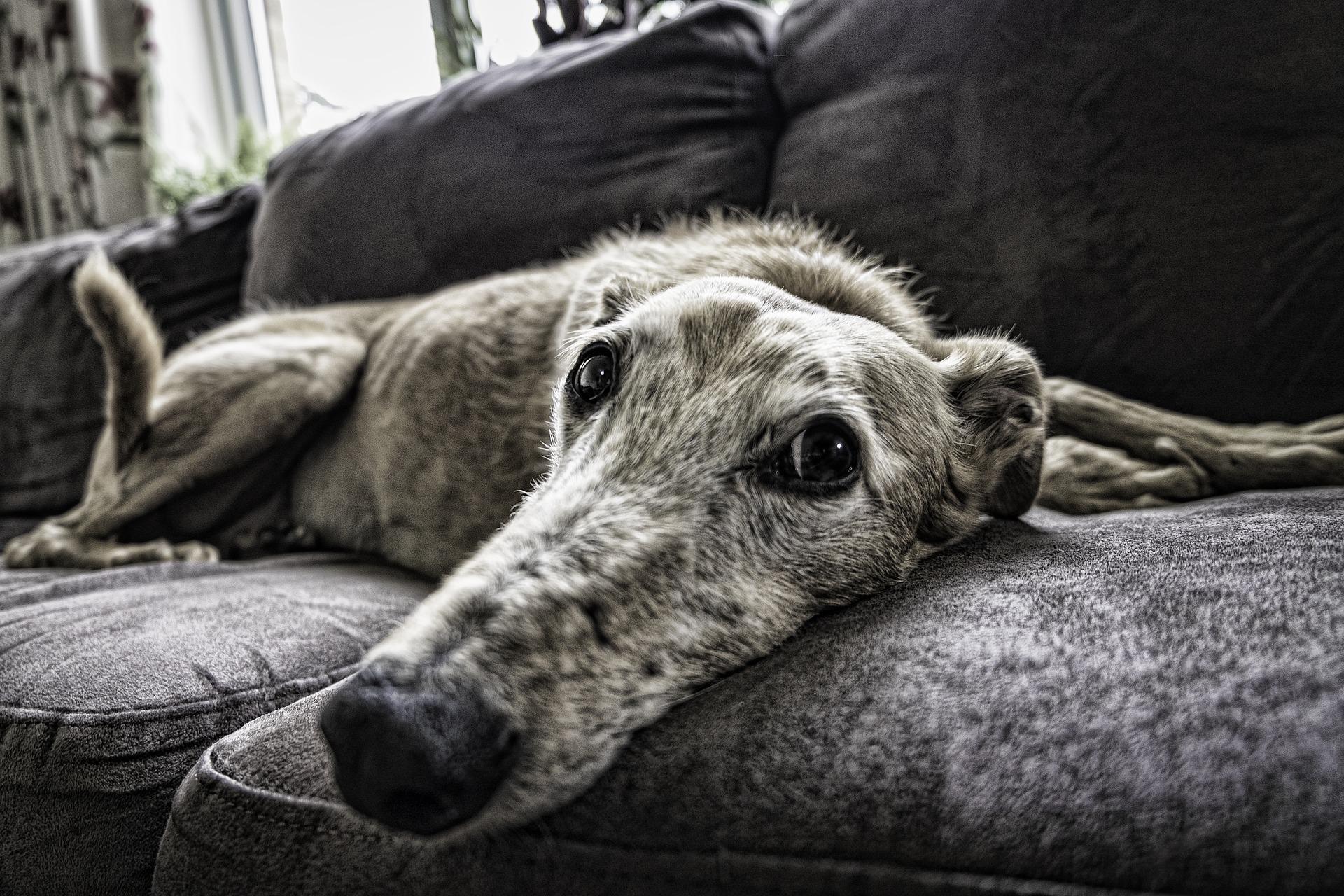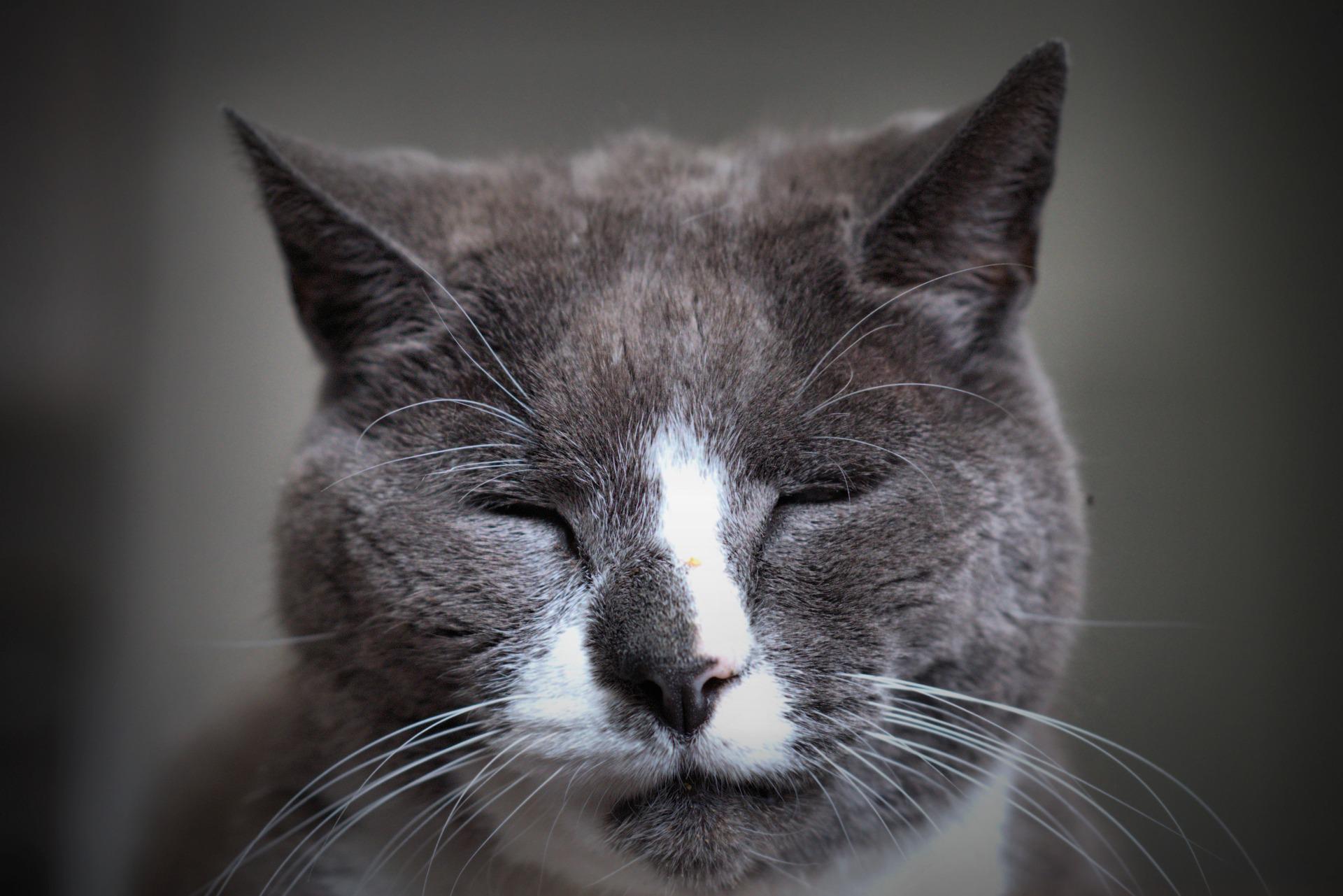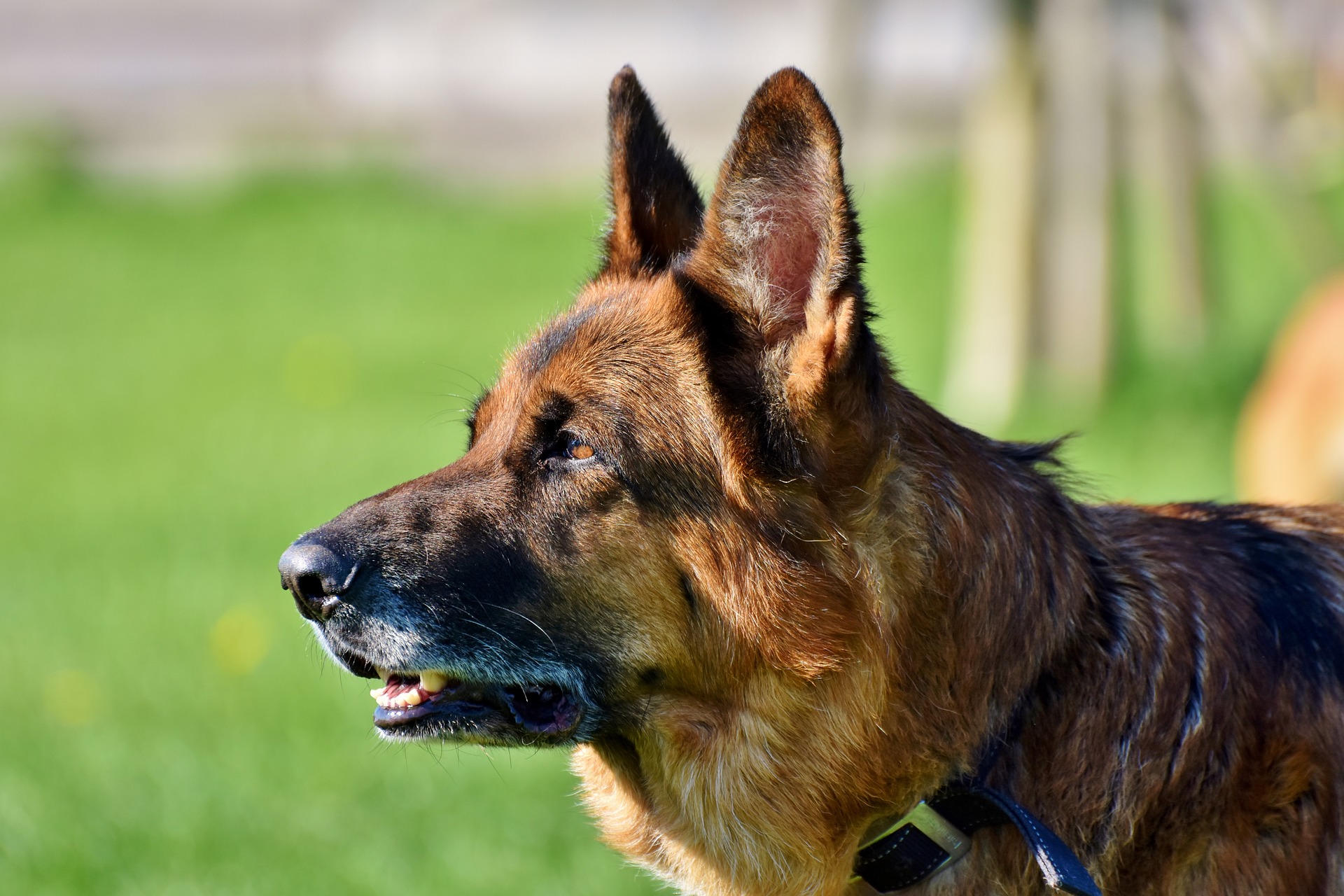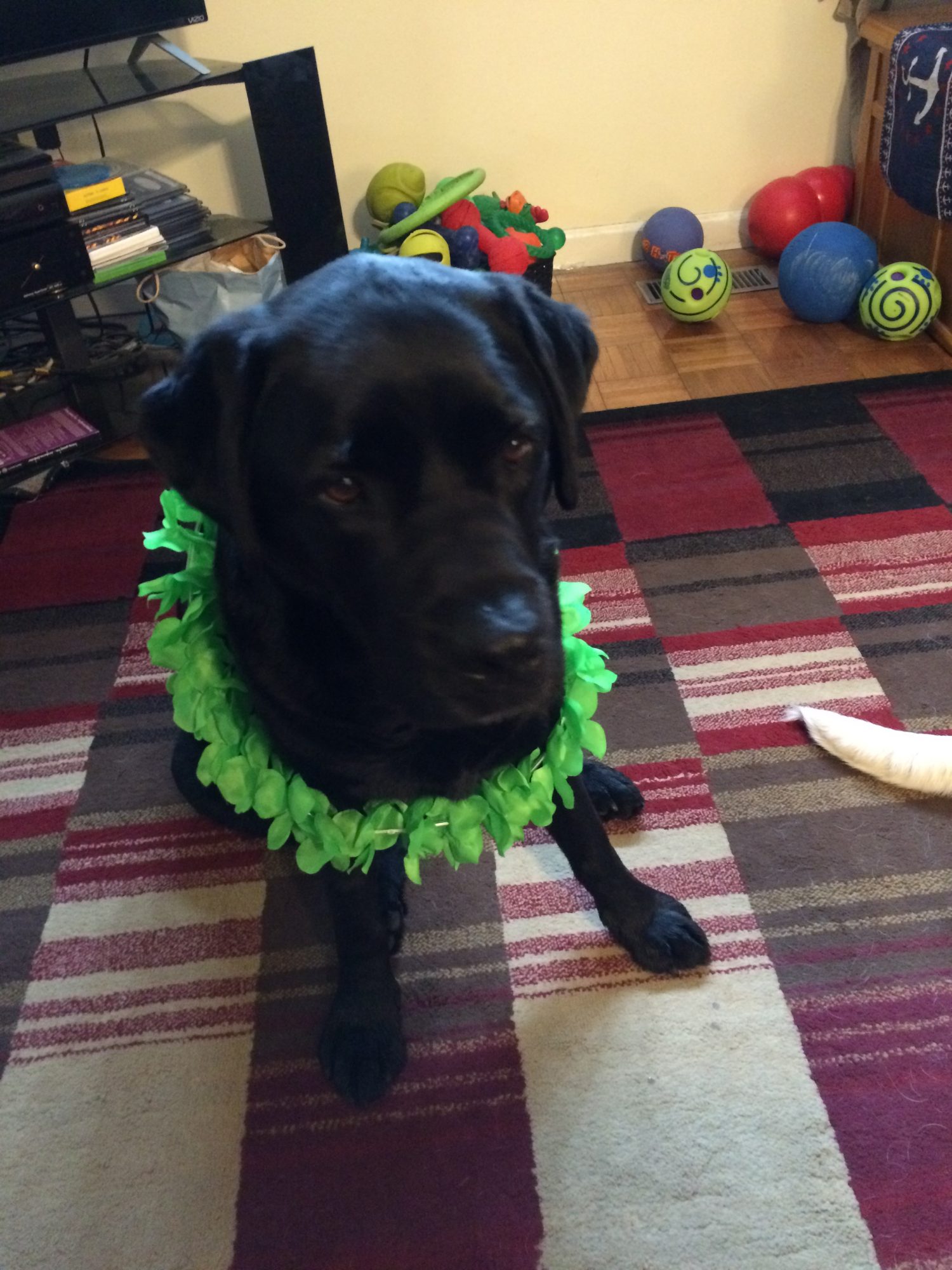Dr. Phil Zeltzman’s Blog
When is it time to say goodbye?
Nobody likes to talk about it. Once we realize that our pets are, after all, not immortal, we may hope that they will just “go” in their sleep. Well, that almost never happens. Most of the time, we have to help them. Euthanasia is a very personal, heart-breaking, grueling decision. Let’s go over 16 common concerns and questions.

1. What is euthanasia?
According to the American Heritage Science Dictionary, euthanasia is “the act of painlessly ending the life of an animal who has a terminal illness or incurable condition, as by giving a lethal drug”.
I would say that euthanasia, or “putting a pet to sleep”, is the humane way to end a pet’s life with dignity when their quality of life is no longer acceptable. Euthanasia should not be a convenience when a pet becomes, well, an inconvenience.
2. When is euthanasia appropriate?
It’s all about quality-of-life. A quality-of-life scale helps you assess various criteria such as pain level, appetite, hygiene, happiness, mobility etc.
You can Google “quality of life scale HHHHHMM” to find a great example.
Basically, are there more good days or bad days? The challenge is that you need to try to look at the situation from your pet’s standpoint – not yours.
This is often difficult, because it is a very emotional situation that tends to make you lose your objectivity. In other words, if the same situation happened to your best friend’s pet, you probably would know exactly what to do. But because you are dealing with your own pet and your own emotions, you cannot see the situation as objectively. Sometimes, denial makes things even worse…
3. When will I know it’s time?
Some people say “You’ll know in your heart when it’s time.”
I’m not so sure it that’s easy. Sometimes, you just don’t know. Again, you are so emotionally close to the situation, that you often can’t reason with a clear mind. Therefore, some pet lovers just don’t know when it’s time.
It is a vet’s job and ethical responsibility to make the owner aware of the situation. It is however not a vet’s job to make the decision for a pet’s owner. So asking “What would you do if it were your pet” is usually not a fair question: it’s a very personal decision.
The vet’s job is to explain the facts, describe the medical situation, and present options. Only you can (and should) make the final decision.

4. How is euthanasia performed?
Each vet has his or her own protocol, so the description below is only one way to do things. Let’s try to forget emotions for a minute, and let’s try to focus on the scientific or medical aspect of euthanasia, so that you know what to expect.
An IV catheter is placed. Most veterinarians will give a sedative or tranquilizer IV first, to relax the patient, or even make them sleepy. Then, the euthanasia drug – an overdose of barbiturates – is given IV. This is a pain free, almost instant procedure. The heart and lungs stop. And it’s over. I think most pet owners are surprised how quickly euthanasia happens. It’s over in less than a second…
You may then want to spend some time alone with your pet to say goodbye.
Although not exactly glamorous, it is important to mention a few things that may or may not happen during euthanasia. For example, your pet may or may not have one last deep breath (called an agonal breath). Eyes typically don’t close. This is not Hollywood.
There may be noises or vocalizations, or muscle spasms, or urination, or defecation, as the body relaxes. These are just possible, physiological, medical things that can happen and may be traumatizing if you are not prepared or warned.
Regardless, euthanasia is a quick, smooth & painless process.
5. What do I do at the animal hospital?
An experienced team will guide you through the different steps. Here are two important suggestions:
. Ask if you can take care of all the paperwork and financial stuff BEFORE proceeding with the euthanasia. The last thing you want to do is stand at the front desk after the euthanasia, in tears, in the middle of a full waiting room. A good receptionist should spontaneously suggest this option.
. Have a friend or family member drive for you if you think you will have difficulty driving safely after it’s all over. Now is not the time to get teary-eyed and get into an accident!
6. Should I be present?
This is one of the most difficult questions to answer. There is no right or wrong answer. There are several options.
You can say goodbye, leave the room, and let the doctor proceed. You may or may not want to visit afterwards. Or you can be present, start to finish.
Here is a testimonial from a friend and former client in Cincinnati, OH:
“My daughter and son-in-law had to euthanize Banshee, their Bernese mountain dog. They had had his leg amputated, but the cancer progressed. In the end, they had to put him to sleep. It is always sad to lose a pet. He was one of the sweetest dogs I’ve ever known, and even in his illness, he kept his sweet disposition.
My son-in-law and daughter were both with him at the end. That is something I would encourage pet owners to do. It is a comfort to see how peacefully your pet can go, and for me their loyalty demands your presence. I recognize that some people may not be able to do it.”
7. A very special situation
In our surgical practice, there is another situation. We are occasionally faced with an incurable condition during a surgery. I will then call the owner on the phone during the surgery, discuss the situation, and if we both agree, humanely euthanize the patient “on the table.” In this situation, the patient goes from anesthesia to euthanasia with no awareness and no pain whatsoever.
Here is a testimonial from a client who had to make such a decision. Their cat Jackie needed surgery to remove a fibrosarcoma – a cancerous tumor – from the skin of her belly. It turned out that the tumor invaded multiple structures, including half of her diaphragm (the muscle that separates the chest and the belly). The cancer was inoperable.
The owner writes: “I was faced with a very difficult decision.
My kitty Jackie was on the operating table when I received a call from Dr. Zeltzman, telling me that the tumor she had was so extensive that he did not feel he could remove it all. Compassionately, he gave me my options:
#1 – He could wake her up from surgery and let her live out what would be the rest of her life. The tumor however would eventually cause her significant pain.
#2 – Put her to sleep now while she was still under anesthesia. He told me I could think about it for a bit and call him back with my decision.
I tried my husband at work, but was unable to reach him. I kept thinking about Jackie and that she was so young, only 7 years old. I thought about how she came to be my kitty. (…) She was my side-kick.
With Jackie still on the table, I called Dr. Zeltzman back. He talked me through my options, not making the decision for me, but helping me make the right decision. After my conversation with him, I decided to have Jackie put to sleep then, while still under anesthesia. My deciding thought: I did not want Jackie to suffer.
It has been two months since that day. I miss her so very much! The hardest part for me was that I did not get to say goodbye to her. But in my heart, I know I made the painful but right decision for Jackie. I take great comfort in that.”

8. What happens with the remains?
There are several options. Some people elect to bury their pet. This may be illegal where you live, so it is important to check. It you can’t, there are memorial gardens and cemeteries for pets throughout the country.
Most owners elect cremation. You then have 2 options: you may get ashes back, or not. Some people save the ashes.
Here is what a pet owner wrote after receiving her pet’s ashes. Cookie, a 1 year old female Boston terrier, had abdominal surgery that revealed a terrible condition called intestinal volvulus: 90% of her small intestine had twisted onto itself, which is deadly.
The owners were called during the surgery, and reluctantly elected the only reasonable choice: euthanasia. Later, they write:
“Cookie’s ashes now sit on our mantle in the beautiful box with her name on it. (…) Cookie has come home in style.”
Other pet owners sprinkle the ashes somewhere, such as the pet’s favorite place in the back yard. Again, this is a very personal decision.
9. What happens during the grieving process?
For most clients, losing a pet is like losing a family member, so the grieving process should not be taken lightly.
Typically, people who do not own pets don’t understand how sad a grieving pet owner may feel. This may be a good time to avoid such people, for example at work…
10. Where can you get support?
Support is crucial to get over a pet’s loss. It can require finding a friendly ear: a friend, a family member, a receptionist or a nurse you developed a good relationship with, or your family vet.
If you have other pets, they can also provide a support system, as you will need to redirect your attention to their needs. Actually, your other pet(s) will “feel” that their buddy is missing, and they will feel your sorrow. Now is the time to provide some extra TLC. They may become lethargic or have a poor appetite.
Your other pets may actually help you grieve, so you can actually help each other.
There are also some websites where you can share your feelings.
If you are completely overwhelmed, or you feel that you are grieving for an unusually long time, you may need counseling. This is now available through several vet schools and of course through a private counselor.

11. What can I do to get through this?
Here are a few things you can do to help you heal.
. Allow yourself to cry. It’s okay – really.
. Put your pet’s belongings (water bowl, food bowl, bed, leash and collar or harness, toys etc.) in a big box and store it away for the time being.
. Talk about it.
. Write in a journal. Nobody has to know.
. Depending on your artistic talents, you could draw a picture of your pet, write a poem, create a scrapbook with memorabilia and pictures…
. Create a memorial in your garden or on your balcony.
12. How else can I get closure?
Another vastly personal topic. Although it is difficult to believe it at the time of euthanasia, time heals all wounds. Eventually, you will get over your sorrow.
Getting closure requires going through the flow of the various stages of grieving.
You can write a letter, like the one above about Jackie the kitty. After writing it, she said: “I still miss her, but I think writing this text has helped.”
Getting your pet’s ashes and “taking care of them” may also help with closure, as this typically happens after a week or so.
13. When should I get a new pet?
Most people recommend waiting until you achieve complete closure before getting a new pet. Adopting a new pet too soon may lead to bad decisions that you might regret, which is not fair to the new pet (or you and your family).
14. What do I tell my kids?
This is another very complicated topic. I would rather direct you to web sites (mentioned below) that explain things very well depending on the age of the child. You just don’t explain things to a 3 year old the same way as you would a 13 year old. There a re many things to be aware of. For example, it may be inappropriate to say that your pet “went to sleep” or was “put to sleep” and will never come back, as this may traumatize a child at bed time for years. After all, their buddy is never going to wake up…
16. How can I help my grieving elderly parents?
Again, a touchy topic… Sometimes, a pet is the last link an elderly person has to the world. If a grandma or grandpa cannot walk Fluffy in the neighborhood, a whole part of their social interactions may vanish all of a sudden.
I hope this helps you understand the process of euthanasia. In a sense, euthanasia is an act of love. You will rarely see it that way the day you lose your pet. But after your grieving period, I hope you will understand that you made the right decision.
Phil Zeltzman, DVM, DACVS, CVJ, Fear Free Certified

Dr. Phil Zeltzman is a traveling veterinary surgeon in Pennsylvania & New Jersey. An award-winning author, he loves to share his adventures in practice along with information about vet medicine and surgery that can really help your pets. Dr. Zeltzman specializes in orthopedic, neurologic, cancer, and soft tissue surgeries for dogs, cats, and small exotics. By working with local family vets, he offers the best surgical care, safest anesthesia, and utmost pain management to all his patients. Sign up to get an email when he updates his blog, and follow him on Facebook, too!
A great way to cope with losing a pet
Broadway, a sweet 4 year old Lab, had TPLO surgery to address a torn right ACL in February of 2016. Then another TPLO on his left knee in October 2016. Both times, he recovered well.
Then weird things started to happen: strange breathing, regurgitation (which is different from vomiting) and back leg weakness. Early signs of laryngeal paralysis and GOLPP (Geriatric Onset Laryngeal Paralysis Polyneuropathy) were suspected. Until things started to get worse. His quality of life deteriorated progressively.
After consulting with several specialists (in surgery and neurology), his incredibly loving and unusually dedicated owners reluctantly decided to humanely put him to sleep on May 25th, 2017.
Broadway’s owner wrote:
“Words cannot begin to express the loss I feel in my hear and in our home. To the amazing staff at the Animal Therapy Center; our committed and compassionate staff at HanoverView Animal Hospital, and Broadway’s devoted, caring and patient surgeon Dr. Phil Zeltzman; we are thankful and blessed that Broadway was cared for by each of you and extremely grateful for all of your help during this past year and most importantly during the last few months.
May he always know how very much he was, and remains, loved and that I would have gone to the ends of the earth if it meant he could have recovered and lived a long, healthy life. Until I see him again….”
The story could stop here.
So to cope with the grieving process, Broadway’s owner had a brilliant idea you may want to remember when you’re in a similar situation. She created a beautiful video collage to honor her best friend’s life. It’s long, but every picture exudes love, and the end is priceless. Grab a box of tissues before you click!

Dr. Phil Zeltzman is a traveling veterinary surgeon in Pennsylvania & New Jersey. An award-winning author, he loves to share his adventures in practice along with information about vet medicine and surgery that can really help your pets. Dr. Zeltzman specializes in orthopedic, neurologic, cancer, and soft tissue surgeries for dogs, cats, and small exotics. By working with local family vets, he offers the best surgical care, safest anesthesia, and utmost pain management to all his patients. Sign up to get an email when he updates his blog, and follow him on Facebook, too!

